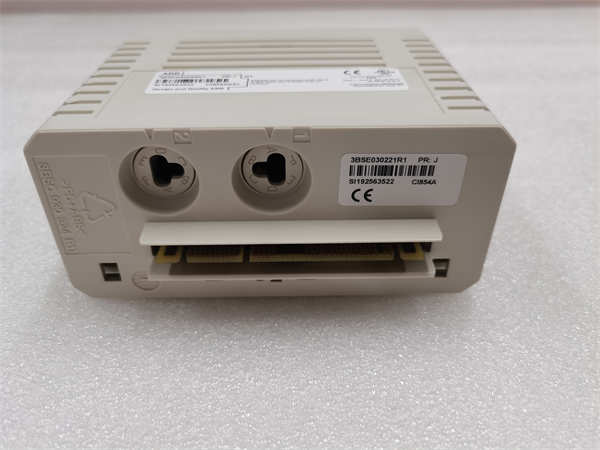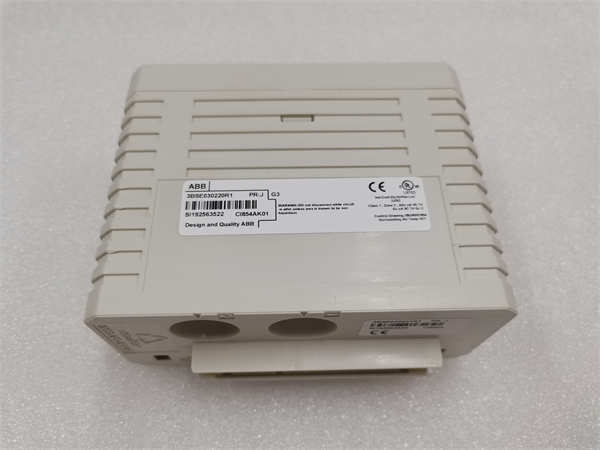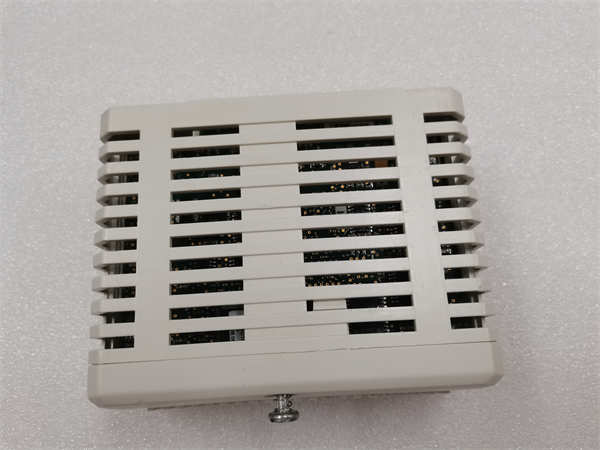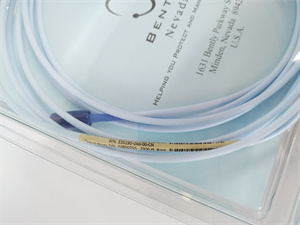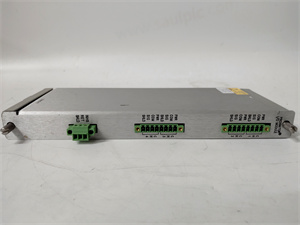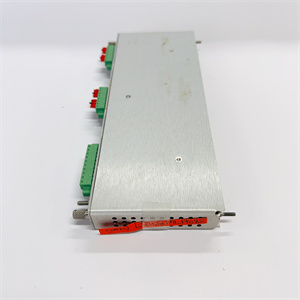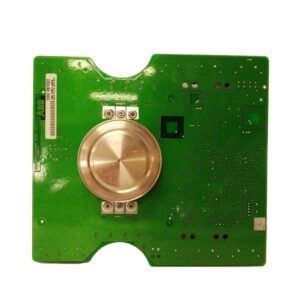Description
Product Description: ABB LDGRB-01 3BSE013177R1
The ABB LDGRB-01 3BSE013177R1 is a high-performance digital input/output (I/O) module designed for industrial automation systems, particularly compatible with ABB’s PLC and control platforms. As a key component in process control and machinery automation, the LDGRB-01 3BSE013177R1 enables reliable data transmission between field devices and control systems. Its robust design and advanced features make it ideal for harsh industrial environments, ensuring seamless integration and efficient operation. The module supports multiple communication protocols, including Modbus RTU, and offers 32 isolated channels for digital inputs/outputs, making it suitable for applications requiring high-density I/O processing.
Product Parameters
| Parameter | Specification |
|---|---|
| Type | Digital I/O Module (32 channels) |
| Voltage | 24 VDC (±10%) |
| Current Consumption | ≤5 W |
| Input/Output Type | Digital (24 VDC, sinking/sourcing) |
| Interfaces | RS-485 (Modbus RTU), screw terminals |
| Isolation | 500 VDC (channel-to-channel, channel-to-ground) |
| Compatibility | ABB AC500 PLC, Industrial IT systems |
| Operating Temperature | -40°C to +70°C |
| Dimensions | 100 mm × 100 mm × 50 mm (W × H × D) |
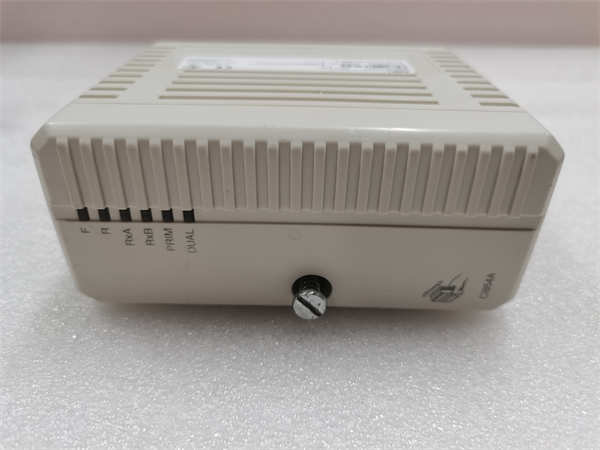
LDGRB-01 3BSE013177R1
Advantages and Features
-
High Reliability:
- Built with industrial-grade components and reinforced isolation, the LDGRB-01 3BSE013177R1 offers a mean time between failures (MTBF) of over 100,000 hours, ensuring long-term stability in critical operations.
- Supports hot-swap functionality for maintenance without system downtime.
-
Flexible Integration:
- Compatible with ABB’s AC500 PLC series and third-party Modbus RTU devices, reducing compatibility challenges.
- Configurable input/output modes (sinking/sourcing) adapt to diverse field device requirements.
-
Energy Efficiency:
- Low power consumption (≤5 W) minimizes operational costs, making it suitable for energy-sensitive applications.
-
Space-Saving Design:
- Compact form factor (100 mm × 100 mm × 50 mm) allows dense installation in control panels.
Application Areas and Use Cases
Industry Applications:
- Manufacturing (assembly lines, robotics)
- Energy (power plants, renewable energy systems)
- Water and wastewater treatment
- Oil and gas (process control)
Case Study:
A major automotive manufacturer integrated the LDGRB-01 3BSE013177R1 into its production line control system. The module’s 32-channel I/O capacity and Modbus RTU compatibility streamlined communication between robotic arms and the PLC, reducing downtime by 20% and improving error detection accuracy. The hot-swap feature also enabled quick module replacement during maintenance, ensuring continuous operations.
A major automotive manufacturer integrated the LDGRB-01 3BSE013177R1 into its production line control system. The module’s 32-channel I/O capacity and Modbus RTU compatibility streamlined communication between robotic arms and the PLC, reducing downtime by 20% and improving error detection accuracy. The hot-swap feature also enabled quick module replacement during maintenance, ensuring continuous operations.
Competitor Comparison
Compared to similar I/O modules on the market, the LDGRB-01 3BSE013177R1 stands out for:
- Higher Channel Density: 32 channels in a compact design (vs. typical 16–24 channels in 竞品 modules).
- Enhanced Isolation: 500 VDC isolation (vs. 250–400 VDC in comparable products), protecting against voltage surges.
- Native ABB Compatibility: Seamless integration with ABB’s PLC ecosystem, reducing configuration complexity.
LDGRB-01 3BSE013177R1
Selection Recommendations
- Compatibility: Ensure compatibility with your PLC system (e.g., ABB AC500, third-party Modbus RTU).
- Channel Requirements: Match the 32-channel capacity to your I/O needs (e.g., high-density applications).
- Environment: Verify the operating temperature range (-40°C to +70°C) suits your installation environment.
- Budget: Balance cost with features (e.g., hot-swap, high isolation) for long-term ROI.
Precautions
-
Installation:
- Follow ABB’s wiring guidelines to avoid short circuits; use shielded cables for RS-485 communication.
- Ensure proper grounding to prevent electromagnetic interference (EMI).
-
Maintenance:
- Regularly inspect terminals for loose connections.
- Replace modules if exposed to extreme temperatures or moisture.
-
Safety:
-
Disconnect power before installing or replacing the module.
-
Avoid electrostatic discharge (ESD) by using anti-static equipment.
-


